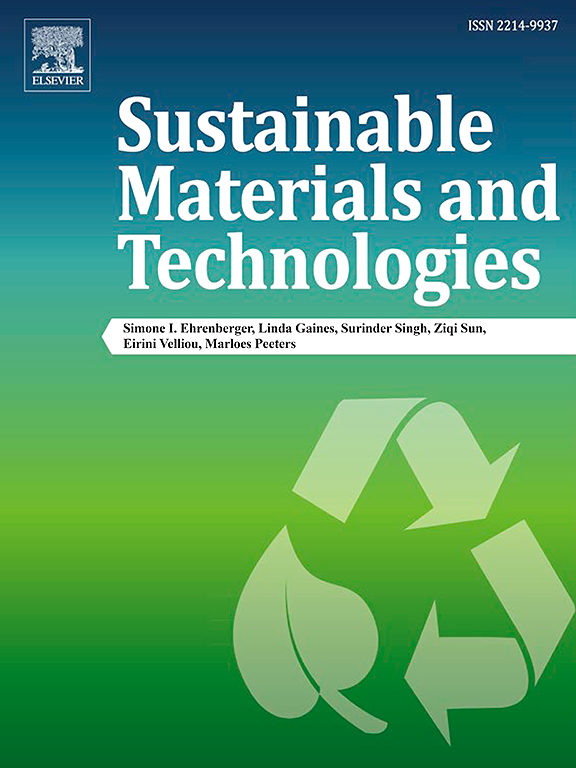Green carbon quantum dots applied as tracer for petroleum reservoir characterization
IF 8.6
2区 工程技术
Q1 ENERGY & FUELS
引用次数: 0
Abstract
This work aimed to synthesize environmentally friendly Carbon Quantum Dots (CQDs) using biowaste for application as tracer fluids in hydrocarbon reservoirs. Banana-da-terra peels (Musa spp), pear orange (Citrus sinensis) and kapok pods (Ceiba pentandra), were the raw materials used in the hydrothermal carbonization synthesis methodology of CQDs, due to their high availability and low cost and the efficiency of the method. The materials were characterized by MET, FTIR, UV–vis, PL and Quantum Yield. In the performance analyses of CQDs in carbonate rock, an optical tensiometer was used, and their compatibility in a simulated porous media with silica micro pearls and sand. The infrared results showed that the common functional groups present in both the CQDs, and carbonate rock samples were O![]() H, N
H, N![]() H and C
H and C![]() N, indicating the favourability of solubility in water and a degree of interaction between the nanoparticles and the medium. All three synthesized CQDs showed excellent optical properties such as high emission intensity, good stability and long lifetime. The calculated Quantum Yield (QY) proved to be higher than 50 %, a value above the average for green materials. The contact angle of the fluid-rock interaction, in carbonate rock soaked by oil, showed that in the rock with oil the angles were greater than 90° for all samples, and decreased over time. For pure rock (without oil) it was noted that at the beginning, all CQDs angles were lower than 90°, suggesting high wettability. In compatibility tests, the CQDs did not interact with the oil and did not form additional phases. Furthermore, the increase in temperature does not have a significant impact on the emission, suggesting that these studied materials would have a high potential for application as tracers in reservoirs.
N, indicating the favourability of solubility in water and a degree of interaction between the nanoparticles and the medium. All three synthesized CQDs showed excellent optical properties such as high emission intensity, good stability and long lifetime. The calculated Quantum Yield (QY) proved to be higher than 50 %, a value above the average for green materials. The contact angle of the fluid-rock interaction, in carbonate rock soaked by oil, showed that in the rock with oil the angles were greater than 90° for all samples, and decreased over time. For pure rock (without oil) it was noted that at the beginning, all CQDs angles were lower than 90°, suggesting high wettability. In compatibility tests, the CQDs did not interact with the oil and did not form additional phases. Furthermore, the increase in temperature does not have a significant impact on the emission, suggesting that these studied materials would have a high potential for application as tracers in reservoirs.

求助全文
约1分钟内获得全文
求助全文
来源期刊

Sustainable Materials and Technologies
Energy-Renewable Energy, Sustainability and the Environment
CiteScore
13.40
自引率
4.20%
发文量
158
审稿时长
45 days
期刊介绍:
Sustainable Materials and Technologies (SM&T), an international, cross-disciplinary, fully open access journal published by Elsevier, focuses on original full-length research articles and reviews. It covers applied or fundamental science of nano-, micro-, meso-, and macro-scale aspects of materials and technologies for sustainable development. SM&T gives special attention to contributions that bridge the knowledge gap between materials and system designs.
 求助内容:
求助内容: 应助结果提醒方式:
应助结果提醒方式:


